co2
Latest
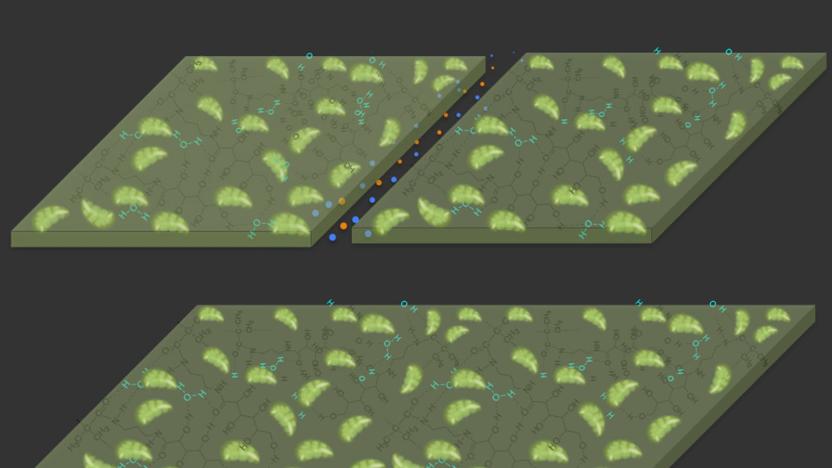
Self-repairing material plucks carbon from the air
Scientists might have a particularly clever way to help the environment: they've developed a material that can not only heal itself, but could reduce CO2 levels in the process. The substance uses its combination of a gel-like polymer with chloroplasts (cell elements that handle photosynthesis in plants) to grow by snatching carbon from the air after exposure to light. If you cracked or scratched an already-solidified piece of this material, the newly exposed sides would promptly expand and fill the gap without requiring heat, ultraviolet light or other special reactions like you see with existing self-healing products.
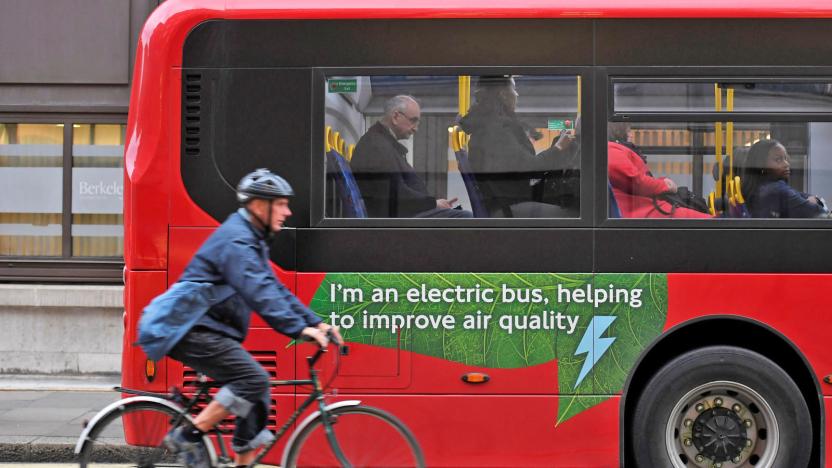
CO2 emissions in 27 major cities have declined since 2012
There is some good news about efforts to fight human-made climate change. The C40 Cities group, which unifies climate initiatives in 96 urban areas around the world, reported that CO2 emissions peaked in 27 major cities (including London, New York City, San Francisco, Paris and Toronto) by 2012, and have been declining by an average of 2 percent each year since then. Greenhouse gas levels were "at least" 10 percent higher at peak than during the most recent study, C40 said. And that's despite economies and populations that have grown since then.

NASA's public CO2 challenge could help astronauts endure on Mars
NASA would really prefer that Mars astronauts produce their materials on Mars, but that's not so easy when resources we take for granted on Earth are hard to get on the Red Planet. The administration has an idea as to how it might accomplish that feat, though -- and it wants your help. It's launching a CO2 Conversion Challenge that asks the public to find ways to turn carbon dioxide into compounds that would be useful on Mars, where the substance is plentiful.

Ocean waves show Earth's CO2 imbalance is greater than expected
Scientists might need to tweak their understanding of climate change in the near future. British researchers have determined that ocean waves play a considerably more important role in trapping carbon dioxide than previously thought. Their studies showed that waves breaking on the shore will absorb a large number of bubbles at depths of "at least" 3.3 feet, releasing CO2 when they dissolve into the water. That, in turn, suggests the ocean is absorbing "many times" more CO2 than under current estimates.

Regulation has helped, not hindered California’s green economy
Earlier this year, California raked in $2.7 trillion gross state product, overtaking the UK as the world's fifth largest economy -- only Germany, Japan, China and the US itself produce more annually. It isn't just our lush farming regions or the technological wonders coming out of Silicon Valley that have made California an economic bellwether, the state's strict adherence to environmental regulations, which go far and above what the rest of the nation demands, have certainly helped as well.
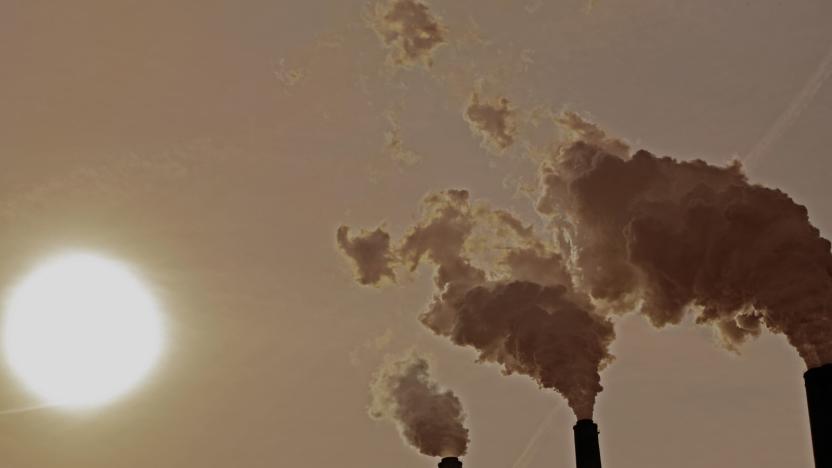
Scientists can't explain a 'worrying' rise in methane levels
The amount of CO2 in the atmosphere reached a record high in 2016, according to the World Meteorological Organization (WMO). Thanks to a combination of human activities and the El Nino weather event, last year's increase was 50% higher than the yearly average from the past decade, driving CO2 to a level that's not been seen for 800,000 years. Average levels in 2016 reached 403.3 parts per million, up from 400 parts per million in 2015.
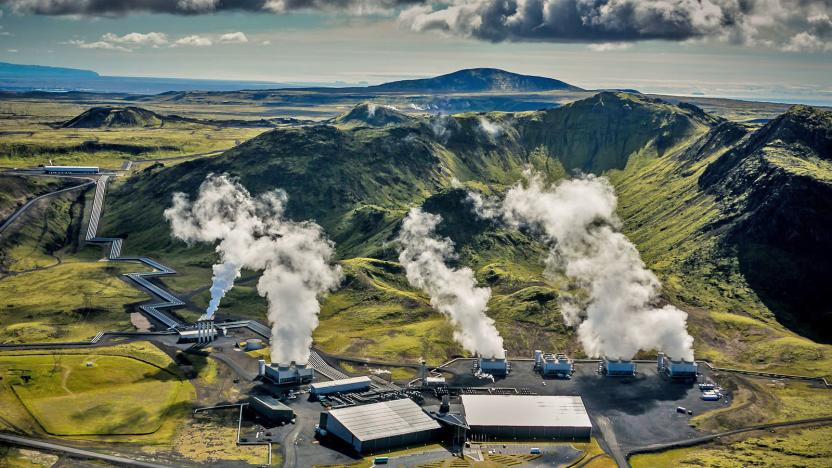
First-ever 'negative emissions' power plant goes online
Unfortunately, it's no longer enough to cut CO2 emissions to avoid further global temperature increases. We need to remove some of the CO2 that's already there. Thankfully, that reversal is one step closer to becoming reality. Climeworks and Reykjavik Energy have started running the first power plant confirmed to produce "negative emissions" -- that is, it's removing more CO2 than it puts out. The geothermal station in Hellsheidi, Iceland is using a Climeworks module and the plant's own heat to snatch CO2 directly from the air via filters, bind it to water and send it underground where it will mineralize into harmless carbonates.

easyJet is serious about electric planes
When you think of easyJet, the first thing that comes to mind is budget travel. The airline has built its brand on no-frills flights and low pricing, but that doesn't exclude it from innovation. The company has been experimenting with new tech, from smart glasses that can detect dents in a fuselage to virtual reality cabins that can help train flight crews. For its latest demo, easyJet is thinking big: It wants to change the way we fly.

Scientists find cleaner, more efficient way to turn CO2 into fuel
Conventional fuel aren't going away just yet, but that doesn't mean you can't produce them in a more responsible way... and scientists might have found that way. They've developed a process that can convert CO2 into carbon monoxide (and subsequently into fuel) using solar energy with nearly flawless selection -- that is, you can get the material you want virtually every time. The trick was to create a spongy nickel-organic photocatalyst that purposefully includes a lot of defects, letting it produce adequate amounts of carbon monoxide without creating surprise molecules.

A city covered in trees will fight air pollution in China
It's easy to find buildings laced with greenery in order to reduce their CO2 footprints. But what about an entire city? That's on its way. Construction has started on Liuzhou Forest City, a 30,000-person urban development where every building will be covered in pollution-reducing plants (over 1 million of them, in fact). They'll also rely on geothermal energy for air conditioning and pack solar panels to collect their own energy. Logically, the transportation network will be green as well. It'll revolve around electric cars and a central rail line that links the experimental space to the city of Liuzhou.

Sorry, you can't plant enough trees to offset fossil fuels
Ever planted a tree to feel better about your environmental footprint? It's a good idea, but it might not have as much of an effect as you'd hope. A simulation-based study has determined that it would be utterly unrealistic to plant enough trees to offset humanity's CO2 emissions as they are -- the plantations would need to be so big that they'd "eliminate most natural ecosystems" or cut into food production. Even under the reductions from the Paris Climate Agreement, you'd still have to replace natural ecosystems on an area more than a third the size of the world's forests. The most viable option involving trees would require both "ambitious" emissions reductions and improvements to both nurturing the plants as well as capturing their CO2.
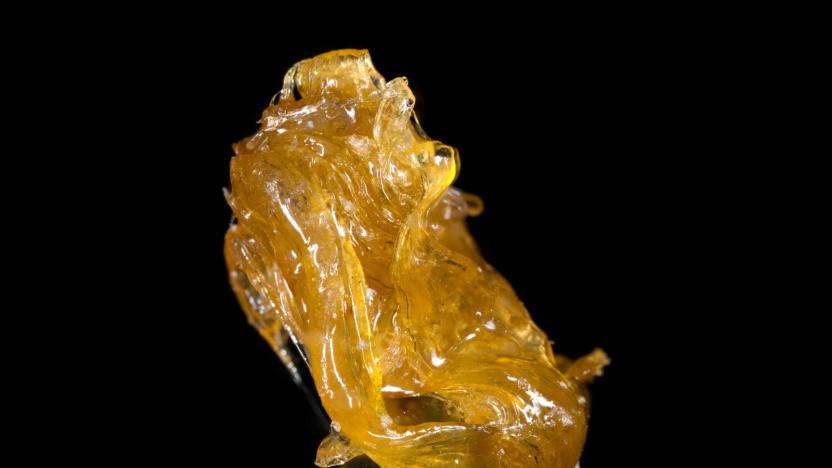
Concentrates are the future of cannabis
The cannabis industry is in the midst of an unprecedented renaissance. Strains are stronger, consumption methods more numerous and availability greater than ever before. Medical-grade marijuana now averages around 20 percent THC -- a threefold increase from the "hippie weed" your parents toked back in the '60s. Smoking has been usurped by vaping and edibles as the preferred dosing methods, making the concentrates and oils more valuable commodities than the flowers they're derived from. The good times certainly are rolling, but how long can we keep up this relentless march toward pure THC distillate?
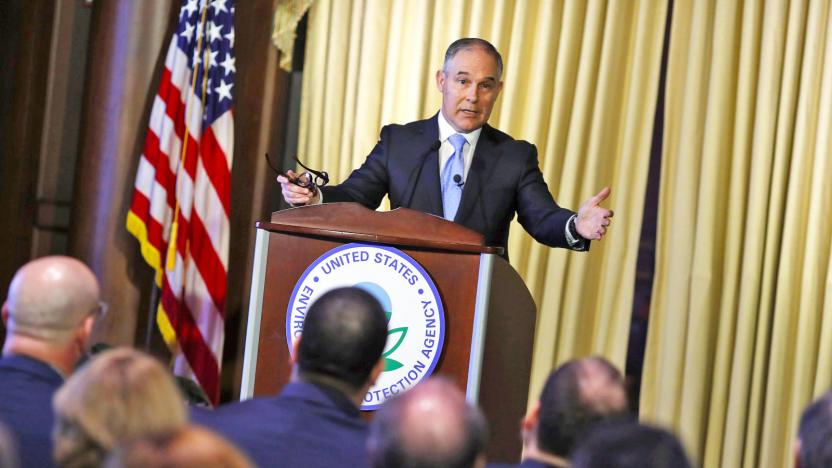
EPA head suggests CO2 isn't a 'primary contributor' to climate change
If you want a good example of why American environmental scientists are in such a state of despair these days, you just got it. When asked by CNBC whether or not he thought carbon dioxide was the "primary control knob" for global warming, new EPA chief Scott Pruitt suggested that it wasn't a "primary contributor." The answer is a bit fuzzy (it's merged with a broader attempt to cast doubt on the human role in climate change), but it's still far from flattering -- either he's trying to downplay basic climate science for the sake of his fossil fuel industry friends, or he genuinely doesn't know how it works.
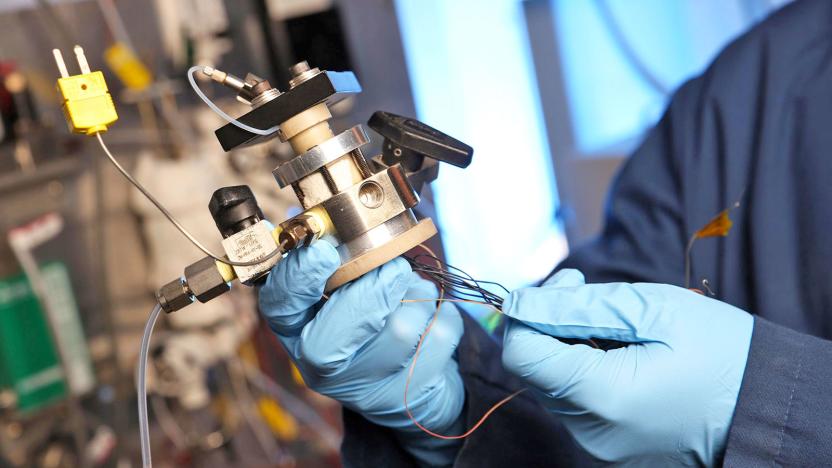
Tiny 'engine' turns natural gas into hydrogen
Here's the dilemma with hydrogen: fueling your car with the stuff is faster than charging an EV, but making and distributing it is inefficient and polluting. A team from the Georgia Institute of Technology has created a four-stroke "engine" that converts natural gas (methane) into hydrogen from just about anywhere, while capturing the CO2. It could one day hook up to your natural gas line, letting you fuel your car from home in a non-polluting way like you can with an EV -- pleasing both green tech boosters and oil companies.
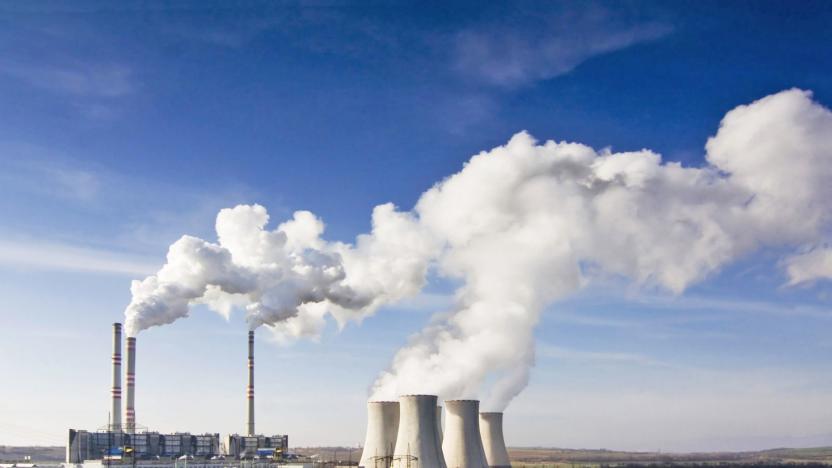
Scientists make battery that runs on air and carbon dioxide
Researchers at Penn State University have potentially come up with yet another way we could create energy from all that nasty carbon dioxide we pump into the atmosphere. They've developed an inexpensive flow cell battery that uses mostly water solutions containing either dissolved CO2 or dissolved normal air -- the technical name for the dissolving process is called sparging, just FYI. Because the liquids contain different concentrations of CO2, they have different pH levels, and it's this imbalance that generates electricity.

ICYMI: Hairy robots are better than smooth
try{document.getElementById("aol-cms-player-1").style.display="none";}catch(e){}Today on In Case You Missed It: Roboticists from China created an artificial skin for robots that simulate hair with glass-shrouded microwires. A gripper hand with the 'hair' on it's skin was able to feel when an object was slipping because of the hair, then adjust its grip. Lets just hope they keep the full Teenwolf under control. The helium-filled balloon bot designed for search and inspection jobs is here. Meanwhile NASA is spending its final days of 2016 by releasing data visualizations of carbon dioxide pollution around the globe, and how extra heat is stored in the world's oceans. The Chuck E. Cheese challenge video is here and that awkward handshake, here. As always, please share any interesting tech or science videos you find by using the #ICYMI hashtag on Twitter for @mskerryd.

This is how carbon dioxide moves around the world
NASA likes studying and illustrating the effects carbon dioxide has on our planet. It's kind of a hobby for the organization. And now the aeronautics association has a new model for how greenhouse gases move through the atmosphere. It's thanks in part to the Global Modeling and Assimilation Office from the Goddard Space Flight Center, combined with data from from the Orbiting Carbon Observatory-2, chronicling the movement of CO2 from September 2014 through September 2015.

Methane emissions spike with dangerous climate consequences
If you thought that the only greenhouse gas worth panicking over was carbon dioxide, then you're gonna need a lie down. Methane, the Art Garfunkel / Luigi to CO2's Paul Simon / Mario (delete as appropriate) is on a mission to wreck our planet. A global team of researchers have found that global methane emissions are spiking, which has even more depressing consequences for our fragile environment.

Climate change could explain Mars' imposing topography
Mars has lots of water, but future astronauts won't exactly be able to scoop it into bottles -- it's generally trapped in ice deposits below the surface. Scientists from Penn State think climate change lasting millions of years once warmed it enough to let the water flow free on the surface, however. That might have created large lakes in Gale Crater (above) and etched out channels and other water-based features on the Red Planet.
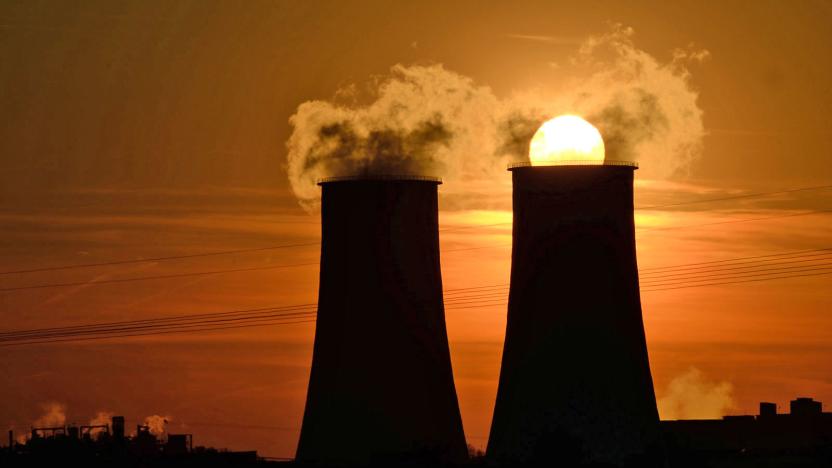
Researchers find a new way to convert heat into electricity
When we think about ways to make existing power plants more efficient, we typically look at waste heat. It's something almost everything generates -- coal plants, automobiles and even your refrigerator loses a sizeable amount of energy to lost heat. Capturing and using this heat to generate electricity with can save money and reduce fossil fuel consumption, but capturing power from that heat has always been a challenge. Now, researchers have created a new material that could represent a major step forward in thermoelectric electricity production.









